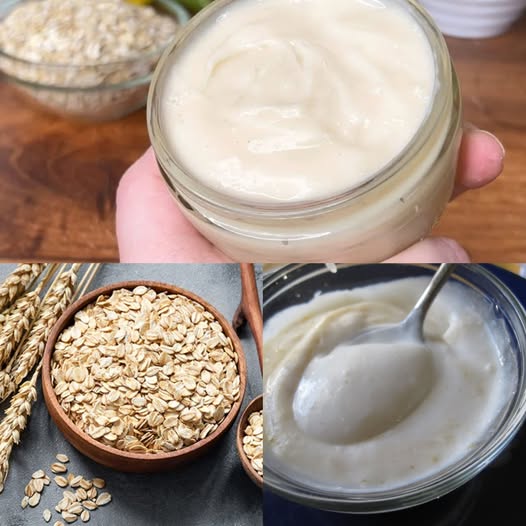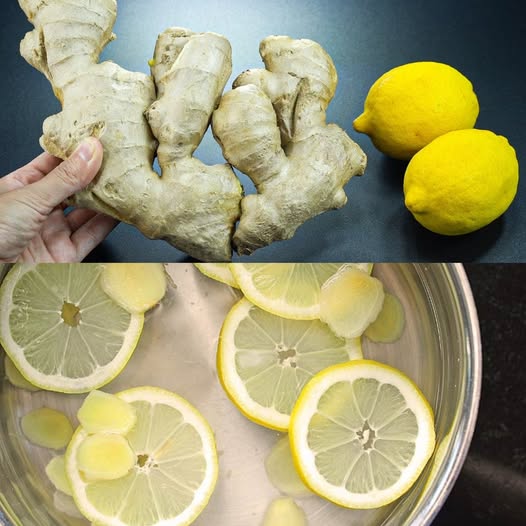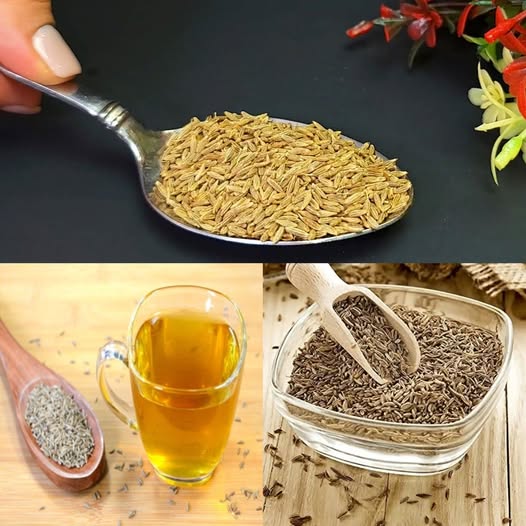Introduction: Unlock the Secret to Homemade Probiotic Power with Just Oats

Imagine crafting a velvety, gut-friendly yogurt in your own kitchen using only one main ingredient. Sounds too good to be true? It’s not.
Oat yogurt is one of the most affordable, healthy, and sustainable ways to enjoy dairy-free, probiotic-rich goodness every day. Whether you’re lactose-intolerant, vegan, or just a health-conscious foodie, making oat yogurt at home is a game-changing skill.
This guide reveals step by step how to make your own oat yogurt using just oats (plus water), with no fancy equipment, no additives, and no nonsense. We’ll also answer the most frequently asked questions, share essential pro tips, and explain why this trend is exploding in popularity.
By the end, you’ll know exactly how to make, store, and use your homemade oat yogurt – and why it’s worth it.
Why Make Oat Yogurt at Home?
Before we dive into the how-to, let’s answer the big question:
Why should you even bother making oat yogurt at home when store-bought options are everywhere?
1️⃣ It’s Shockingly Cheap
Store-bought plant yogurts can cost $3–$5 per small cup. Homemade oat yogurt costs a few cents per serving.
2️⃣ No Additives or Preservatives
Commercial brands often sneak in gums, sugars, or stabilizers. Making it yourself gives you total control.
3️⃣ Eco-Friendly
Cut single-use plastic tubs from your life. Store your yogurt in glass jars for a zero-waste solution.
4️⃣ Customizable
You can make it thick or thin, tangy or mild, plain or flavored.
5️⃣ Gut-Healthy Probiotics
Fermentation enriches your yogurt with live cultures that support digestive health and immunity.
6️⃣ One Ingredient + Water
It doesn’t get simpler than that.
The Surprising Popularity of Oat Yogurt: Why Everyone’s Talking About It
According to Market Research Future, the global dairy alternatives market is projected to grow over 9.5% CAGR through 2030. Plant-based yogurt is among the fastest-growing segments.
Oats, being cheap, abundant, and sustainable, have become the hero ingredient. Consumers want:
✅ Lower carbon footprints
✅ Vegan options
✅ Affordable health foods
Homemade oat yogurt checks all the boxes, making it an irresistible trend for savvy, health-conscious shoppers.
The 1-Ingredient Oat Yogurt Recipe (Base Method)
Ingredients
- Rolled oats (old-fashioned or quick work equally well)
- Filtered water
Yes, that’s it.
Instructions
1. Make Oat Milk
- Step 1: Blend 1 cup of oats with 4 cups of filtered water until smooth.
- Step 2: Strain using a nut milk bag or fine mesh sieve.
- Step 3: Reserve the oat milk. (Save the pulp for baking or smoothies.)
✅ Pro Tip: Don’t overblend. Too much blending can make oat milk slimy. Blend just enough to combine.
2. Heat the Milk
- Warm your oat milk gently in a saucepan to about 42–45°C (108–113°F).
- This is the ideal temperature for culturing.
⚠️ Don’t boil it. Overheating kills beneficial bacteria.
3. Add Starter Culture
While oat yogurt can be technically “1 ingredient” if you use previously fermented oat yogurt as your starter, you’ll need an initial starter culture:
Options include:
- A spoonful of store-bought vegan yogurt with live cultures
- A probiotic capsule (just open and sprinkle)
- A small amount of homemade oat yogurt (for future batches)
✅ FAQ: Do I need a starter every time?
For your first batch, yes. After that, you can save 2–3 tablespoons of your homemade yogurt to seed new batches.
4. Ferment
- Pour your inoculated milk into sterilized glass jars.
- Cover loosely.
- Place in a warm environment (yogurt maker, oven with the light on, or wrapped in a towel) for 8–24 hours.
✅ The longer it ferments, the tangier and thicker it becomes.
5. Chill & Store
- Once it reaches desired tanginess, refrigerate for at least 2 hours.
- Chilling thickens the yogurt naturally.
- Store for up to 7–10 days in the fridge.
Variations
- Thicker: Use less water when making oat milk or strain longer.
- Sweeter: Add maple syrup or dates before fermenting.
- Flavored: Mix in vanilla or fruit purees after fermentation.
Frequently Asked Questions (FAQs)
Q1. Is oat yogurt actually probiotic?
Yes. Fermentation introduces beneficial bacteria like Lactobacillus and Bifidobacterium, depending on your starter.
Q2. Is it as healthy as dairy yogurt?
- It’s lactose-free, lower in fat, and easy on digestion.
- While protein content is lower, it offers beta-glucans (heart-healthy oat fibers) that dairy lacks.
Q3. Will it taste like dairy yogurt?
Not exactly. Oat yogurt has a mild, slightly sweet oat flavor. Fermentation adds tanginess, making it a fantastic substitute in recipes.
Q4. Is it really just one ingredient?
Yes! The only essential “ingredient” is oats (plus water, which is universally free). The “starter” is not counted in ingredient lists for traditional yogurt either—it’s a culture, reused perpetually.
Q5. Can I make it without a yogurt maker?
Absolutely. A warm spot in your kitchen (like an oven with the light on) works fine.
Q6. Why did my oat yogurt turn slimy?
- Overblending during milk preparation.
- Low-quality oats with high starch.
- Not enough starter culture.
✅ Solution: Blend briefly, strain thoroughly, use quality rolled oats.
The Science of Oat Yogurt Fermentation
Fermentation breaks down oat sugars into lactic acid, lowering pH and preserving the yogurt.
Benefits of probiotic fermentation include:
- Supporting gut microbiota diversity
- Reducing inflammation
- Aiding nutrient absorption
A 2021 meta-analysis in Nutrients journal shows fermented foods can significantly improve gut health markers.
Oat yogurt delivers these benefits in a dairy-free format, making it inclusive for vegans and lactose-intolerant individuals.
Business Use Cases: Why Offer Oat Yogurt?
If you’re in the food industry, offering house-made oat yogurt can:
✅ Meet vegan demand
✅ Reduce food costs
✅ Increase menu variety
✅ Support sustainable branding
Homemade oat yogurt is a high-margin, low-cost option that impresses customers with its authenticity and health benefits.
Marketing Tip: Emphasize These Keywords
If you’re blogging or selling oat yogurt, consider these high-ranking keywords:
- “Homemade oat yogurt recipe”
- “Vegan yogurt starter”
- “Dairy-free probiotic yogurt”
- “Plant-based yogurt benefits”
- “How to make oat yogurt”
Using these strategically boosts search engine visibility and attracts a health-conscious audience.
Troubleshooting: Common Mistakes and Fixes
| Mistake | Cause | Solution |
|---|---|---|
| Yogurt too thin | Too much water, short fermentation | Use less water, ferment longer |
| Slimy texture | Overblending, poor straining | Blend lightly, strain well |
| No tangy flavor | Weak starter culture | Use fresh, potent starter, ferment longer |
| Separation (water on top) | Natural in non-dairy yogurt | Stir before serving |
| Mold on top | Contamination, unsterilized jars | Always sterilize, discard moldy batches |
How to Use Homemade Oat Yogurt
✔️ Breakfast bowls with granola and fruit
✔️ Smoothie base for extra creaminess
✔️ Dairy-free tzatziki or dips
✔️ Baking (as an egg substitute or buttermilk)
✔️ Salad dressings
✅ Pro Tip: Freeze in ice cube trays for easy smoothie additions.
Why This Is the Best Time to Start
With rising grocery costs and increasing demand for clean, plant-based foods, there’s never been a better time to master homemade oat yogurt.
Consumers crave transparency, sustainability, and customization. Making your own yogurt embodies these values—and saves you money.
Conclusion: Your Next Step to Healthier, Smarter Eating
Homemade oat yogurt isn’t just a recipe. It’s a statement:
✅ You care about what you eat.
✅ You want real ingredients.
✅ You want to cut waste and save money.
✅ You want to nourish your body with live cultures and heart-healthy oats.
This simple, one-ingredient method delivers all that and more.
So what are you waiting for?
Try it today.


